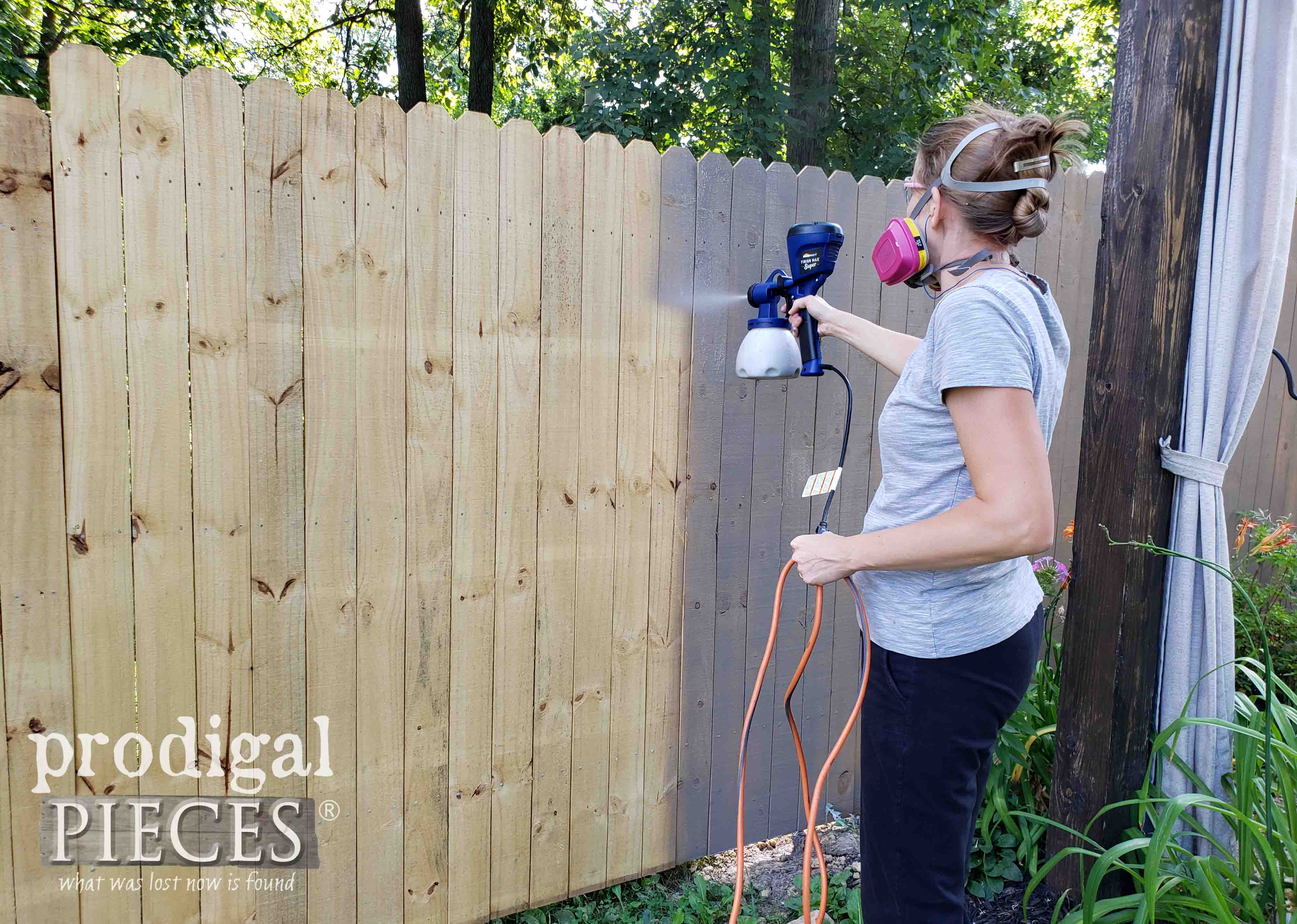How to Choose the Right Fencing Spot for Your Building
When it comes to boosting the look and durability of your property's fence, selecting the best tarnish is a vital choice that calls for cautious factor to consider. How can you ensure that you pick the ideal fencing tarnish that straightens with your residential property's design and maintenance needs?
Understanding Timber Kind
To choose the proper fence stain, it is necessary to have an extensive understanding of the different kinds of timber frequently used for fencing. The choice of wood plays an essential role in establishing the longevity and general aesthetic appeals of the fencing. Cedar is a popular option due to its all-natural resistance to decay and pests, making it a resilient choice for outside structures. Pine is one more usual wood utilized in fence, recognized for its affordability and simplicity of staining. Nonetheless, want is extra prone to warping and rotting compared to cedar. Redwood is a high-end alternative recognized for its striking look and all-natural resilience, though it comes with a higher price tag. When selecting a fence discolor, it is essential to take into consideration the kind of timber being utilized to make sure compatibility and optimal protection. Understanding the characteristics of different wood kinds will assist you make an informed decision when it involves picking the best fence stain for your residential or commercial property - Nashville Fence Staining Services.
Choosing the Right Color
Selecting a suitable tone for your fencing stain is a critical decision that significantly influences the total visual charm of your home. Lighter shades such as whites or light grays can make a fencing show up bigger and include a touch of style to your residential property. Ultimately, the ideal shade choice will boost the appeal of your fencing and boost the total curb charm of your home.

Considering Transparency Degrees
When picking the ideal color for your fence discolor, one more crucial facet to take into consideration is the degree of openness that will certainly ideal match your building's visual and upkeep requirements. Transparency degrees in fence stains generally drop right into 3 classifications: transparent, semi-transparent, and solid. Take into consideration the level of direct exposure your fence deals with, the wanted upkeep regularity, and the aesthetic you wish to accomplish when picking the best openness level for your fencing stain.
Examining Upkeep Demands
Taking into consideration the longevity and maintenance of your fence, examining the maintenance demands is crucial in identifying one of the most appropriate fencing tarnish for your building. The degree of maintenance required for your fence can differ depending upon elements such as the kind of wood, climate condition in your location, and your personal preferences.
When reviewing upkeep needs, it is vital to think about the longevity of the fence tarnish. Some discolorations need more frequent reapplication than others, so choosing a tarnish with a longer life expectancy can help minimize the total maintenance needs of your fence (Fence Staining Service). Furthermore, factors such as resistance to UV rays, water, and mold can impact just how often you need to re-stain your fencing

Examining Examples Before Application
Prior to applying any type of fence tarnish, it is recommended to perform example examinations to ensure compatibility with the wood and desired visual result. Checking examples allows you to analyze exactly how the stain will communicate with the certain type of wood utilized in your fence, as various woods can soak up spots in a different way. To begin, select a little low-profile area of the fencing to apply the discolor examples.
Verdict
Finally, choosing the ideal fence discolor for your moved here residential or commercial property entails comprehending the timber type, picking the ideal shade, taking into consideration openness levels, assessing upkeep needs, and screening examples before application (Fence Staining Service). By taking these elements right into factor to consider, you can guarantee that your fencing tarnish enhances your residential or commercial property while offering the required protection and longevity. Make an educated choice to enhance the appearance and long life of your fencing